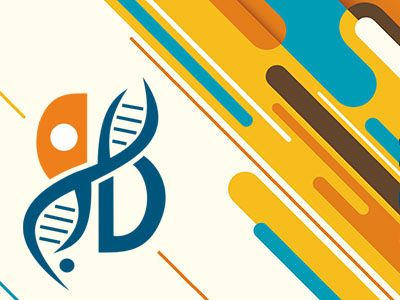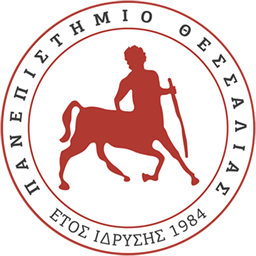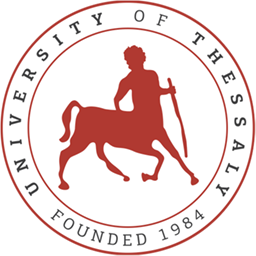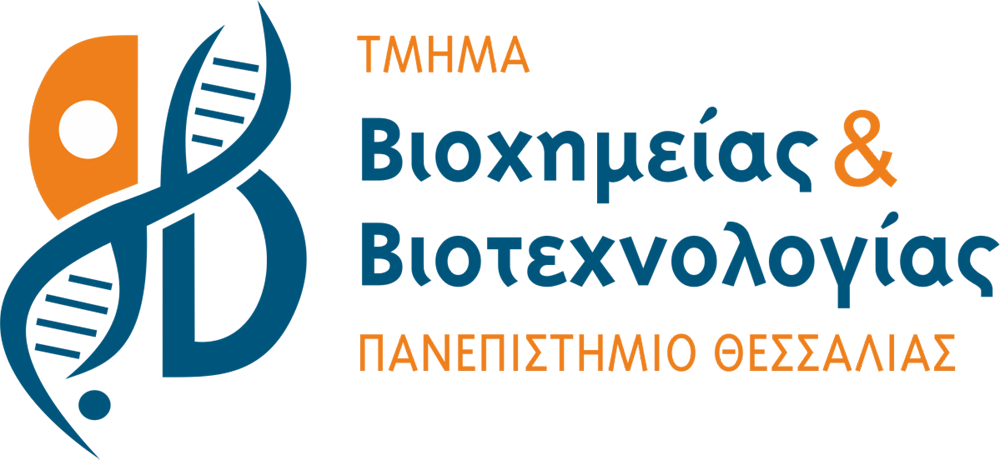Introduction to Biology

Content – Aim of the course
The course has been specifically designed for first-year students, and it aims to provide a concise, yet complete, presentation of the width of the modern biological science. Understanding life organisation in every single level, as well as the range of diversity, which, however, is based on common structures and functions, is of major priority. In this way the course presents not only the basic organisation of living systems but also the evolution, adaptation and interaction of living organisms in an environment under continuous change.
Analytical Description of the Course
- THE SCIENCE OF BIOLOGY – THE CHARACTERISTICS OF LIVING ORGANISMS -THE ORIGIN AND EARLY HISTORY OF LIFE.
- THE CHEMICAL STRUCTURE OF LIFE: The chemistry of carbon and the organic molecules – Chemistry of water – Biological macromolecules.
- THE PROKARYOTES: Bacteria, Archaea, Viruses.
- ORGANISATION OF THE EYKARYOTIC CELL.
- THE CLASSIFICATION OF THE LIVING ORGANISMS: The principles of classification – Methodology of systematics – Taxonomy orders – Protists – Fungi – Plants – Animal phylogenesis – Porifera – Cnidaria – Platyhelminthes – Annelida – Molluscs – Arthropods – Echinoderma – Fish – Amphibia – Reptiles – Birds – Mammals.
- THE ARCHITECTURE AND FUNCTION OF PLANTS: Plant histology – Leaf and photosynthesis – Root and nutrient absorption – Stem and nutrient transport.
- PLANT REPRODUCTION AND DEVELOPMENT: Plant reproductive organs – Fertilisation – Embryo and seed structure – Dormancy and germination – The development of monocots and dicots – Hormones and growth.
- THE STRUCTURE AND FUNCTION OF THE ANIMAL ORGANISMS: Animal histology – Organ systems: integumentary, muscular, skeletal, neural, endocrine, circulatory, respiratory, digestive, immune.
- ANIMAL REPRODUCTION AND DEVELOPMENT: asexual and sexual reproduction – gametogenesis – fertilization – embryogenesis.
- ECOLOGY: Communities, ecosystems and biosphere – Terrestrial ecosystems: characteristics, climate, soil and biota – Aquatic ecosystems: ponds and lakes, streams, estuaries, marine ecosystems.
Practicals
- Principles of microscopy.
- Bacterial cultures.
- The protests.
- The fungi.
- Bryophyta and Pteridophyta.
- Stem anatomy.
- Root and leaf anatomy.
- The animal tissues.
Assessment
The degree examination for this course consists of a) a theory paper and b) a practical paper, containing a written and a practical component on data analysis and microscopic observation. There are two examination periods per academic year.
Reading Suggestions
- Biology, E. Zifa, Z. Mamuris, K.A. Moutou, University of Thessaly Press, 2008 (in Greek)
- Biology, P.H. Raven, G.B. Johnston, J.B. Losos, K.A. Mason & S.R. Singer 8th ed., McGraw-Hill, 2008.
- Biology, N.A. Campbell & J.B. Reece, 7th edition, Pearson Benjamin Cummings, 2005.
- Life, The Science of Biology, W.K. Purves, D.Sadava, G.Orians & C. Heller, 7th edition, Sinauer Associates, 2004.
Teaching Material / E-class
Lecturers

Katerina Μoutou (Course Coordinator)

Sotirios Vasileiadis






